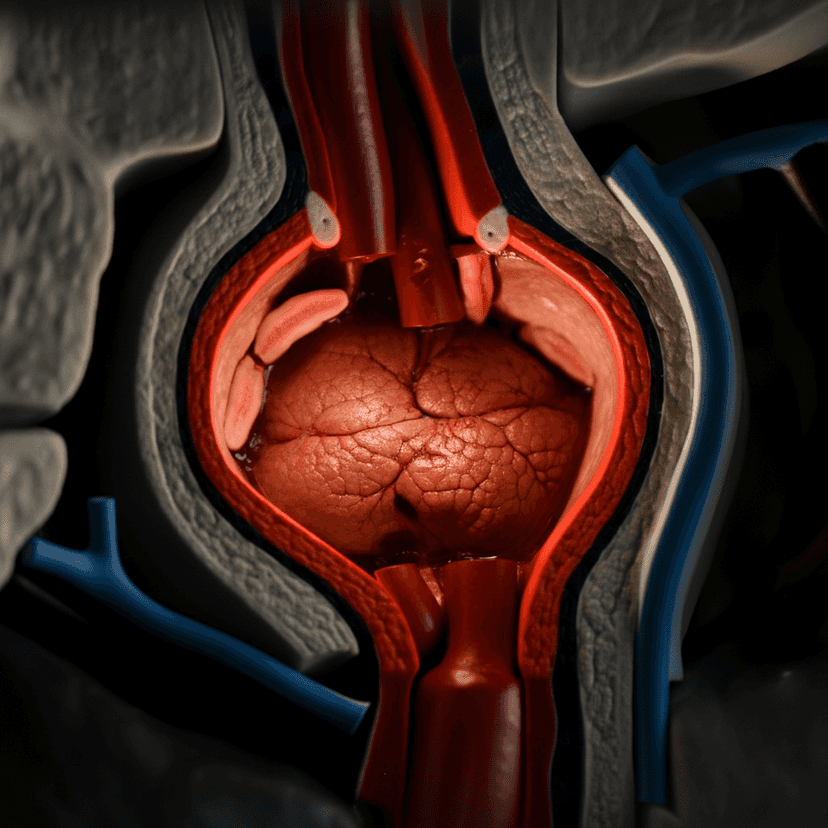Packages starting from
$6600
Need help in choosing the right package for your medical trip?
Your Health data is protected with us

Transforming Lives with VSD Closure Pediatric
Ventricular Septal Defect (VSD) closure in pediatrics is a procedure aimed at repairing a ventricular septal defect, which is a hole between the two lower chambers of the heart (ventricles). This defect allows oxygen-rich blood to mix with oxygen-poor blood, leading to increased workload on the heart and excessive blood flow to the lungs, which can cause heart failure and increased pulmonary pressure over time.
Key Aspects of VSD Closure:
- Diagnosis: VSD is often detected through signs such as a heart murmur, breathing difficulties, or failure to thrive in infants. Diagnosis is confirmed using imaging techniques such as echocardiography.
Methods of Closure:
- Catheter-Based Procedure: For smaller VSDs, a less invasive procedure involving a catheter that is threaded through a blood vessel to the heart to place a device that seals the hole.
- Surgical Closure: Used for larger or irregularly shaped defects, or when associated with other cardiac anomalies. This method involves open-heart surgery under general anesthesia, where the defect is directly closed with a patch or stitches.
Recovery and Outcomes:
- Catheter-Based Closure: Generally involves a short hospital stay, with most children returning to normal activities within a few days to a week.
- Surgical Closure: Requires a longer recovery period, with a hospital stay of several days to a week and a more gradual return to full activities.
Postoperative care includes medications to manage symptoms and prevent complications, and regular follow-up visits to monitor heart function and overall health. The prognosis after VSD closure is generally excellent, with most children leading normal lives with minimal restrictions on physical activity. Regular cardiac evaluations ensure that the closure remains effective and to monitor for any long-term effects.
4.0
93% Rated Value for Money
Why Choose us?
98%
Success Rate
1+
VSD Closure Pediatric Surgeons
0
VSD Closure Pediatric
1+
Hospitals Around the world
0
Lives touched
Overview
Ventricular Septal Defect (VSD) closure in pediatrics is a procedure aimed at repairing a ventricular septal defect, which is a hole between the two lower chambers of the heart (ventricles). This defect allows oxygen-rich blood to mix with oxygen-poor blood, leading to increased workload on the heart and excessive blood flow to the lungs, which can cause heart failure and increased pulmonary pressure over time.
Key Aspects of VSD Closure:
- Diagnosis: VSD is often detected through signs such as a heart murmur, breathing difficulties, or failure to thrive in infants. Diagnosis is confirmed using imaging techniques such as echocardiography.
Methods of Closure:
- Catheter-Based Procedure: For smaller VSDs, a less invasive procedure involving a catheter that is threaded through a blood vessel to the heart to place a device that seals the hole.
- Surgical Closure: Used for larger or irregularly shaped defects, or when associated with other cardiac anomalies. This method involves open-heart surgery under general anesthesia, where the defect is directly closed with a patch or stitches.
Recovery and Outcomes:
- Catheter-Based Closure: Generally involves a short hospital stay, with most children returning to normal activities within a few days to a week.
- Surgical Closure: Requires a longer recovery period, with a hospital stay of several days to a week and a more gradual return to full activities.
Postoperative care includes medications to manage symptoms and prevent complications, and regular follow-up visits to monitor heart function and overall health. The prognosis after VSD closure is generally excellent, with most children leading normal lives with minimal restrictions on physical activity. Regular cardiac evaluations ensure that the closure remains effective and to monitor for any long-term effects.

















